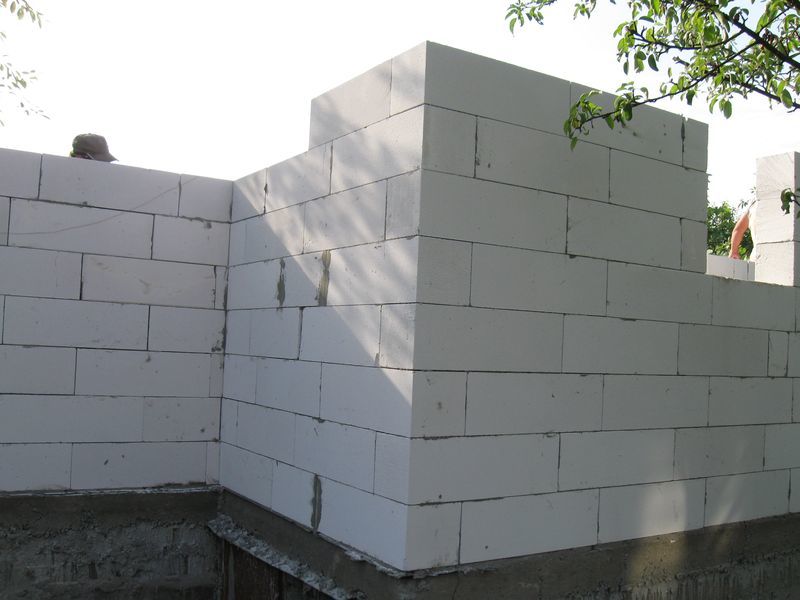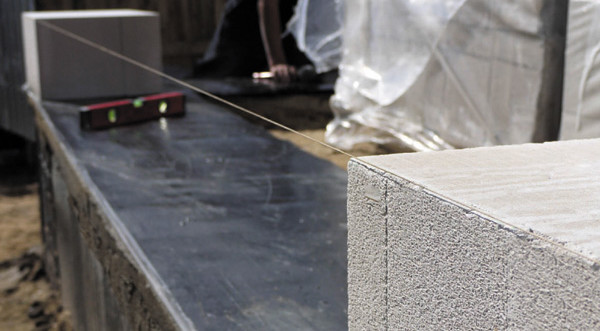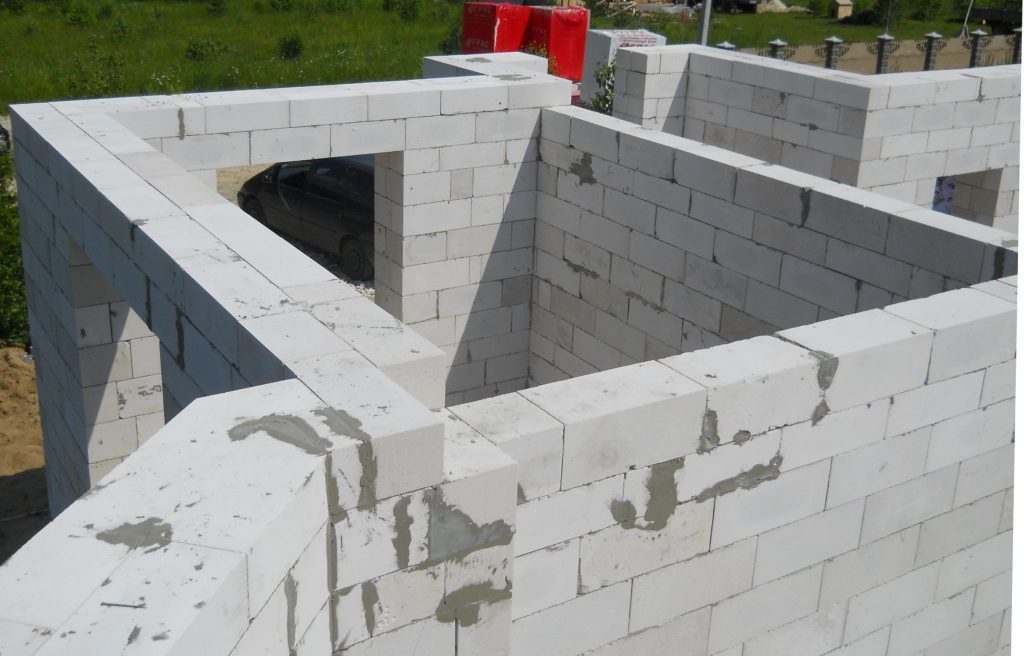Masonry of gazoblokov is a great way to save on building your own home. This material many advantages: durability, the relative ease of installation, the ability to retain heat, low cost in comparison with a brick or cinder block, etc.
A frequent question that arises when working with aerated concrete blocks, concerns a bonding material. Choose between the mortar or special glue is not so simple, because each of these options has both advantages and disadvantages.
Let's find out more about the adhesive composition and cement-sand mixtures and try to decide which one to prefer.
Special adhesive
Adhesive compositions designed for masonry concrete blocks, have a lot of advantages. Each of them fully meet the requirements of consumers, so the glue are increasingly opting for such purposes. Perhaps the main reason for the choice of a special adhesive is its thermal insulation. It perfectly holds the blocks together, making it virtually monolithic masonry. Adhesive Polymers fill all voids between the blocks and prevent penetration of moisture and cold air into the room.
Many people try to save money and therefore refuse to masonry using adhesive substance counting is expensive. In fact, if you compare the amount of consumable material and engage the concrete mixer, the solution cost is almost equal to the cost of the adhesive.
Also prepare the glue is much easier and quicker than the cement-sand mixture. Simply mix the glue powder with warm water and the vehicle is ready.
The question of aesthetics, too, refers to the adhesive composition. Due to the thin layer of glue seam think carefully and quietly. If further exterior finishing of concrete blocks is not scheduled, then such option is the most successful.
Another advantage of the adhesive can be considered its rapid adhesive behavior. If you do not have time to wait until dry cement, the adhesive composition will be the ideal option.





The cement-sand mixture
Frankly speaking, the use of cement mortar for masonry concrete blocks is considered outdated method. However, this does not mean that the DSP has lost its relevance. It is still selected for several reasons.
The most obvious of these is the ability to smooth out differences in height units and leveling the surface. If the geometry gazoblokov far from perfect, the adhesive in this case, would be futile.
As already mentioned above, the consumption of materials for solution compares with the cost of the adhesive. In addition, the wide joints weaken the insulation, which is why the house can be cool. But if you plan to follow the external wall insulation, then a layer of cement mortar will accelerate the promotion of construction.
As the solution freezes instantly pliable cement-sand mixture allows to correct the clutch, change blocks and correct their position, that is good for the clarity and accuracy of location gazoblokov.
And the last point in favor of the cement mortar - it's easy in the construction of non-residential premises. If during the construction of garages, warehouses and households. buildings thermal conductivity is largely irrelevant, the cement-sand mixture is a better choice because it causes less trouble.
As seen from the above, and the adhesive, and the solution is well suited for stacking gazoblokov. But frankly speaking, to take into account all the nuances and listen to the opinion of experts, it is better to give preference to the first embodiment.






